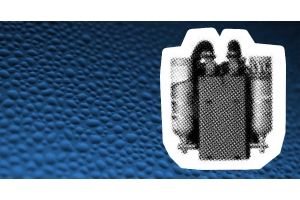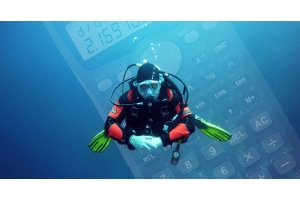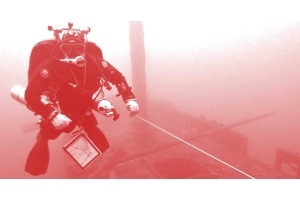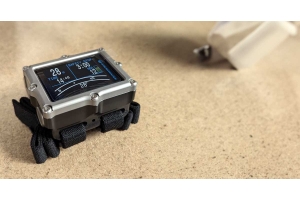Which deco stop should I use?
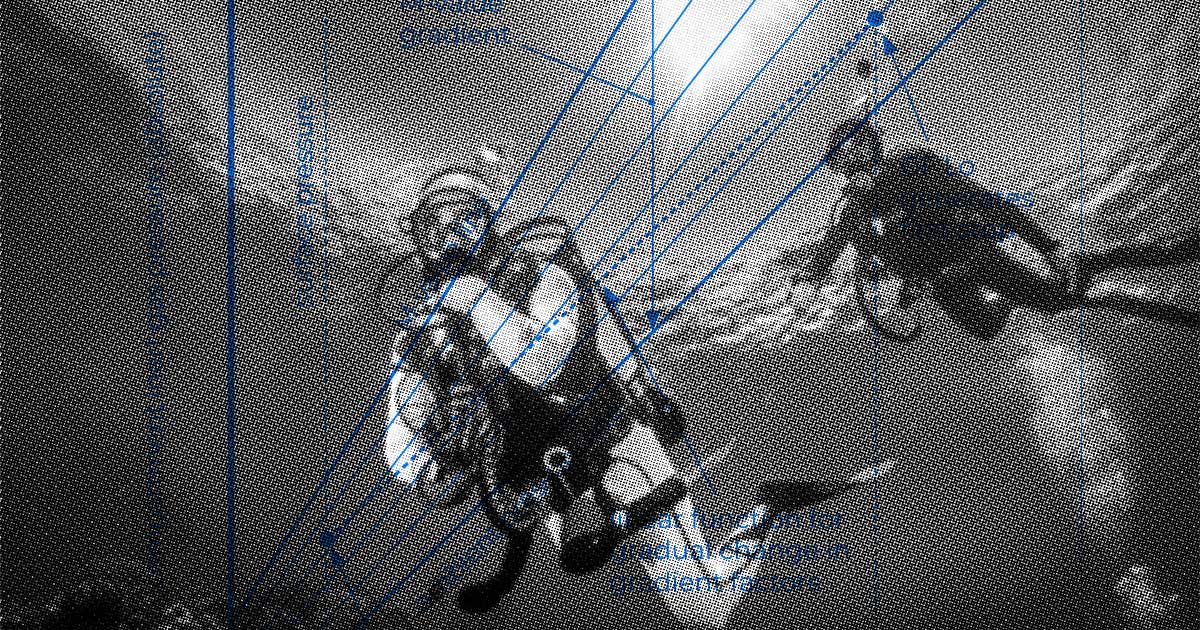
Comparative evaluations of popular decompression stop algorithms
When planning decompression dives, technical divers rely on various algorithms to safely manage nitrogen and helium absorption and release. Three commonly used decompression models are the Bühlmann Gradient Factors (GF), Varying Permeability Model (VPM), and Reduced Gradient Bubble Model (RGBM). Each algorithm has advantages and limitations based on how it approaches decompression safety, bubble formation, and gas elimination.
Let’s bring in a comparative evaluation of these algorithms:
Bühlmann Gradient Factors
The Bühlmann ZHL-16C model, developed by Dr Albert Bühlmann, is one of the most widely used decompression models in technical diving. The addition of Gradient Factors (GF), introduced by Erik Baker, allows divers to adjust conservatism by modifying the levels at which decompression is initiated and completed.
The Bühlmann model focuses on dissolved gas theory, meaning it primarily calculates tissue gas tensions without factoring in bubble formation. It assumes that inert gases dissolve into and out of tissues in a predictable manner based on partial pressures.
Gradient factors modify the allowed supersaturation gradient. A typical GF format (e.g., GF 30/85) uses two values:
- Low GF: Determines the point at which decompression stops are initiated, with a lower value being more conservative (starts stops sooner).
- High GF: Sets the maximum permissible supersaturation before surfacing. A higher value allows more supersaturation and faster ascents.
Strengths:
- Flexibility: Adjustable conservatism through GF values allows divers to tailor profiles to their risk tolerance.
- Widespread use: Integrated into many dive computers and planners, making it easy to implement.
- Proven track record: Extensive use in both recreational and technical diving with a solid safety history when properly used.
Weaknesses:
- Dissolved gas only: Does not explicitly account for bubble formation during decompression, which could increase DCS risk in certain profiles.
- Requires user input: Improper GF settings could lead to excessively aggressive or overly conservative profiles if not well understood.
Varying Permeability Model
VPM is a bubble model focusing on bubble mechanics rather than dissolved gas alone. It accounts for both dissolved gas and the formation and growth of microscopic bubbles during decompression.
This model assumes microbubbles always exist in body tissues, and the goal is to minimise their growth during ascent. It bases decompression schedules on maintaining the smallest possible bubbles by carefully controlling ascent rates and decompression stops.
Strengths:
- Bubble-focused: Its emphasis on bubble mechanics can reduce the risk of bubble formation, particularly in dives with deeper stops.
- Natural ascent profile: Often results in deeper initial stops, which many believe could be safer by limiting bubble growth early in the ascent.
- Conservatism based on bubble size: Controls ascent speed in a way intended to minimise large bubble formation, which could offer a physiological advantage.
Weaknesses:
- Longer decompression: The deep stops characteristic of VPM profiles often result in longer total decompression times, particularly in the shallower sections.
- Less real-world testing: While it’s popular in certain technical diving circles, it has less empirical testing when compared to the Bühlmann model.
- Potential for too-deep stops: There is ongoing debate about the effectiveness and necessity of deep stops, with some studies suggesting they could increase the risk of decompression sickness (DCS) due to prolonged slow tissue gas elimination.
Reduced Gradient Bubble Model
RGBM, developed by Dr Bruce Wienke, is another bubble-based model that combines dissolved gas theories with considerations for bubble dynamics. It builds on the principles of the Bühlmann model but incorporates elements of bubble formation and elimination.
This model integrates both bubble growth and shrinkage in its calculations. There is an emphasis on minimising bubble formation in body tissues by controlling ascent rates and stop depths.
Strengths:
- Bubble management: Like VPM, RGBM emphasises minimising bubble formation, particularly after deep dives, and is believed to be more effective in multi-day diving and repetitive dives.
- Shallow decompression stops: Compared to VPM, RGBM often results in slightly shallower stops, which can lead to more efficient gas elimination.
- Integration in dive computers: Many dive computers and planning software support RGBM, making it easy for divers to access.
Weaknesses:
- Limited flexibility: RGBM’s fixed algorithm parameters make it harder to adjust conservatism on the fly when compared to the more customisable Bühlmann Gradient Factors.
- Complexity: The underlying algorithm is quite complex, and the exact mechanics may be harder to understand for divers without a deep technical background.
- Debate on deep stops: Similar to VPM, there is an ongoing debate about whether the deep stops it prescribes are beneficial, with concerns that they might increase DCS risk by delaying gas elimination from slower tissues.








